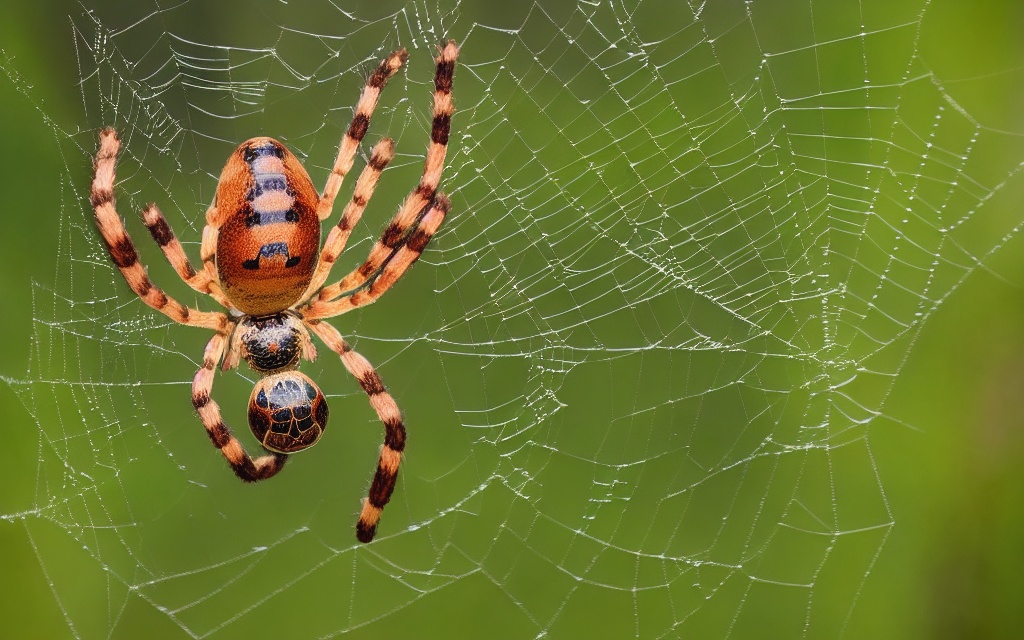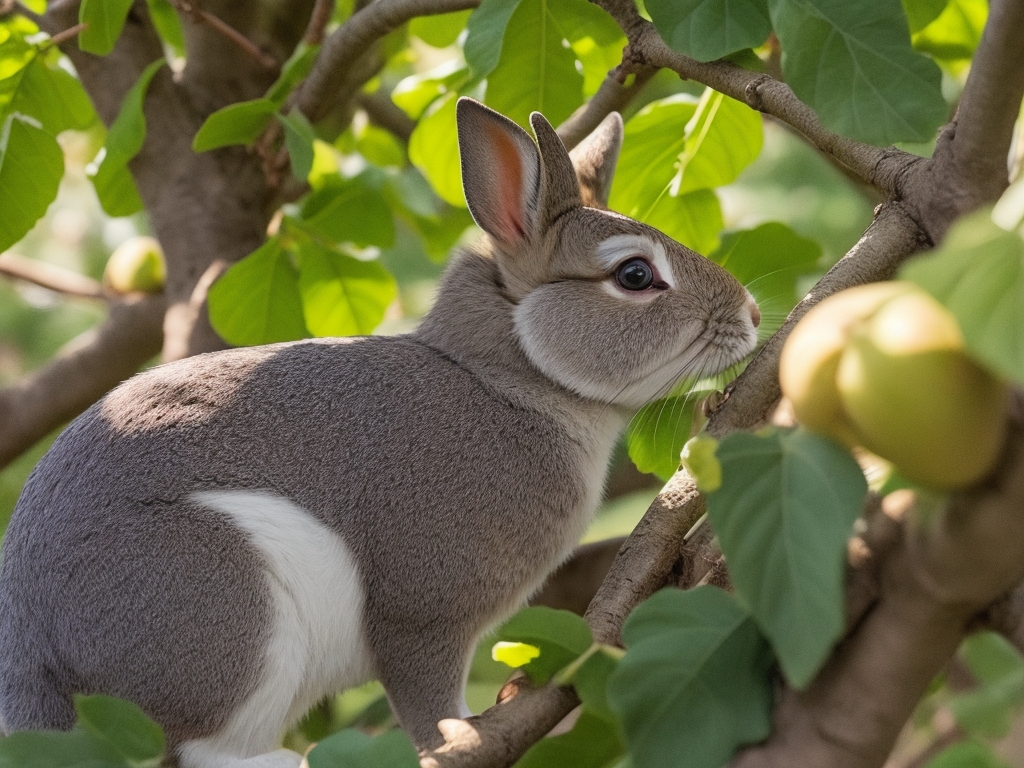Squirrel’s Secret: Max Nuts Held in One Mouthful
Ever wondered how those bushy-tailed critters manage to stock up for winter? It’s all about their cheeky capabilities! Squirrels are the ultimate hoarders, and you’ll be surprised at the stash they can carry in one go.
Their mouth isn’t just cute; it’s a super storage unit. With flexible cheek pouches, these furry gatherers can transport an impressive number of nuts. Stay tuned to find out just how many nuts a squirrel can hold in its mouth and the fascinating ways this skill aids their survival.
The Amazing Storage Capacity of Squirrel Cheeks
You might be wondering just how much a squirrel can carry inside those flexible cheek pouches. Well, squirrel cheeks are like nature’s perfectly designed cargo pants – stretchy, spacious, and absolutely essential for their lifestyle. On average, squirrels can load their cheeks with upwards of 20 nuts at a time – that’s like you carrying around a small grocery bag without using your hands!
The interior of these pouches is a sight to behold. They extend all the way back to the shoulders, forming an expandable storage space that can easily double in size. This volume increase is a game-changer for squirrels, allowing them to transport substantial amounts of food with efficiency.
Nut Transportation: A Squirrel’s Main Event
During peak gathering times, squirrels are in a race against the clock. They need to collect enough food before winter rolls in. Their cheeks make it possible for them to grab a large collection of seeds, nuts, and even small fruit in one go.
Here’s a surprise – they don’t just shove any nut into their cheeks. Squirrels are selective, often opting for hard-shelled nuts like acorns, walnuts, and hickory nuts which are energy-rich and long-lasting. Their choices reflect a strategic mind at work, picking the best supplies that will last throughout the cold months.
Balancing The Load: The Squirrel’s Cheeky Strategy
It’s not just about volume; it’s also about balance. Squirrels are adept at packing their haul evenly so they can maintain agility and speed. They have to dodge predators and navigate through trees, after all. With their cheeks evenly stuffed, they can zip across branches and back to their stash spots without missing a beat.
The adaptability of squirrel cheeks is a testament to their survival skills. They’ve mastered the art of hoarding food, ensuring they’re well-prepared for leaner times. Watching them work is a reminder of the intricate balance between animals and their habitats, where every trait and behavior has been honed for survival.
How Squirrels Collect and Store Nuts

When you think about squirrels, the image of these little critters darting around and gathering nuts often comes to mind. But have you ever stopped to watch their method? It’s quite the spectacle. Squirrels have a strategic approach to collecting and storing nuts that is nothing short of impressive.
Initially, squirrels embark on a scavenging mission, their keen sense of smell guiding them to the hidden treasures in the underbrush. They aren’t just randomly stuffing their faces; squirrels are selective eaters, especially when prepping for winter. Seasonal timing affects their choice, with a preference for acorns, walnuts, and beechnuts during autumn when these nuts are in abundance.
Their cheek pouches, the pockets of stretchy skin on the sides of their mouths, expand remarkably. This flexible space is what allows them to carry multiple items at once — often different types of nuts — back to their stash spot. As they collect, they assess each nut by weight and firmness, a skill that helps them decide which to eat now and which to save for later.
The storage strategy involves a method known as caching. Squirrels use both scatter hoarding and larder hoarding:
- Scatter hoarding involves spreading out their food in numerous caches, which can sometimes contain just one or two nuts.
- Larder hoarding, on the other hand, is more of a bulk approach where they store all their collection in a single place.
They typically choose a suitable site like a hollow tree or a burrow where their stash remains safe. The fascinating part is their ability to find these nuts again, thanks to their spatial memory and landmarks they remember.
Their industrious habits ensure they have enough reserves to last throughout the colder months when food is scarce. Plus, they inadvertently aid in forest regeneration by forgetting some of their stash, leading to the growth of new trees.
As you continue to delve into the lives of these furry acrobats, you’ll find that every move they make is a calculated step in securing their survival. The stone-cold efficiency with which they gather and hoard their nutty treasures reveals a lot about the keen survival instincts innate to squirrels.
The Anatomy of a Squirrel’s Cheek Pouches

Imagine you’re watching a squirrel zipping around your local park. You might notice its cheeks look particularly stuffed. That’s because these critters are equipped with some pretty impressive cheek pouches. These built-in storage compartments are more expansive than you’d think, stretching back to their shoulders when filled to capacity.
So, what’s the deal with these cheek pouches? They’re lined with fur and have an elastic quality that allows them to expand significantly. This elasticity is crucial, as it lets squirrels stuff their pouches with a surprising number of nuts before having to unload their bounty.
Average Nut Capacity Per Cheek Pouch:
| Nut Type | Capacity per Pouch |
|---|---|
| Acorns | 3-4 |
| Walnuts | 2-3 |
| Beechnuts | 5-6 |
| Pine Nuts | 50-70 |
Each species of squirrel might have a slightly different capacity, but what’s consistent is their methodical approach to using every bit of space available. While carrying their haul, squirrels aren’t just thinking about quantity—they’re also assessing quality. Their sensitive inner cheeks can detect the condition of the nuts, helping them to prioritize which ones to save for later.
But don’t think it’s just about stuffing their faces. Squirrels are known to perfectly align the nuts within, ensuring neatness and maximizing storage space. This intelligent packing is a testament to their survival strategies in the wild.
Your local squirrel population depends heavily on these cheek pouches, especially during peak collecting seasons. It’s not only about food transportation but also concealment from potential competitors. Ever the survivalists, squirrels use their cheek architecture to out-forage their peers, making sure they’re set for leaner times.
When you’re next out and see a squirrel scurrying by, you’ll understand just how capable those cheeky little storage units really are.
Factors Affecting the Number of Nuts a Squirrel Can Hold

When you’re curious about a squirrel’s capacity for hoarding snacks, consider that not all furry hoarders are created equal. A variety of factors play into how many nuts a squirrel can stuff into its mouth.
Size Matters
Just as people come in different shapes and sizes, squirrels do too. Larger gray squirrels can hold more nuts compared to their smaller counterparts, the red squirrels. This is simply because they have bigger cheek pouches.
The Species’ Diet
A squirrel’s species influences its cheek pouch capacity. Specifically, ground-dwelling squirrels, which often consume larger, bulkier foods, may have larger pouches than tree-dwelling species who snack on smaller items.
Nut Size and Shape
Not all nuts are created equal. A squirrel stuffing its cheeks with tiny acorns will fit more than one filling up on larger walnuts. The shape is also a factor; round nuts may not align as neatly as oblong ones, reducing the total haul.
Pouch Elasticity
Over time, a squirrel’s cheek pouches can stretch. Regular nut-collectors might be able to carry more due to increased elasticity from repeated use.
Experience and Skill
It’s not just about physical attributes. Savvy squirrels get better at packing their cheek pouches over time. They learn how to twist and turn nuts to fit as many as possible.
Understanding these factors, you get why there’s not a one-size-fits-all answer to how many nuts a squirrel can hold. Every squirrel is a unique individual with its distinct cheek storage strategy. Keep these details in mind the next time you watch these resourceful creatures at work, and you’ll appreciate the subtle nuances of their nut-gathering expertise.
A Squirrel’s Nut-Storing Techniques

As you delve into the world of squirrels, you’ll find their nut-storing techniques are as varied as their habitats. Squirrels are the ultimate hoarders and their methods for stowing away nuts are not only efficient but also essential for their survival. So, what are the techniques these critters use to maximize their storage?
Cheek Pouch Packing: One technique squirrels use is optimizing the space within their cheek pouches. They don’t just shove nuts in at random; instead, they appear to have a method, with each nut strategically placed. Over time, squirrels learn the best way to layer nuts to fit the maximum amount, much like you’d carefully stack dishes in a dishwasher for the perfect fit.
Judicious Selection: Not all nuts are created equal in the eyes of a squirrel. They’ll often be selective, choosing nuts that are the ideal size and shape for their pouches. It’s not unlike you picking the right suitcase for your holiday; you need to make sure everything fits just right.
- Almonds
- Acorns
- Hazelnuts
These are the typical favorites that squirrels prioritize for their compact shape and size.
Clever Compression: Another skill squirrels have mastered is the art of compressing their findings. By applying pressure, they can slightly alter the shape of their haul, allowing them to pack in even more. Think of it like squeezing that last bit of room in your carry-on bag by pressing down on your clothes.
Skill Development: Lastly, practice makes perfect. Younger squirrels watch and learn from older, more experienced foragers. Their proficiency in packing their pouches grows with each season, and older squirrels can store a surprising amount of nuts. Their seasoned expertise allows them to thrive, especially when food is scarce.
Every time you see a squirrel bustling about, consider the complex process they’ve perfected to collect and store their precious nuts. These practices ensure they have enough to last through the harsher months, demonstrating that nature has its own unique ways of survival preparation.
Conclusion
You’ve seen the incredible adaptability and resourcefulness squirrels display in hoarding their favorite snacks. Their ability to optimize cheek pouch space and select the perfect nut is nothing short of amazing. It’s a reminder of how nature equips its creatures with the skills necessary to thrive. Next time you spot a squirrel bustling about, you’ll appreciate the mastery behind each mouthful they gather. Remember, their survival tactics are a small window into the vast intelligence of the animal kingdom, and there’s always more to learn from our furry friends.
- How Much Can I Charge for Lawn Care Services From Home? Pricing Tips to Maximize Profit - October 25, 2025
- Why Install a Privacy Fence? Key Benefits for Security, Value & Peace of Mind - October 25, 2025
- Where Can I Advertise My Backyard Business? Best Online & Local Advertising Tips - October 24, 2025




